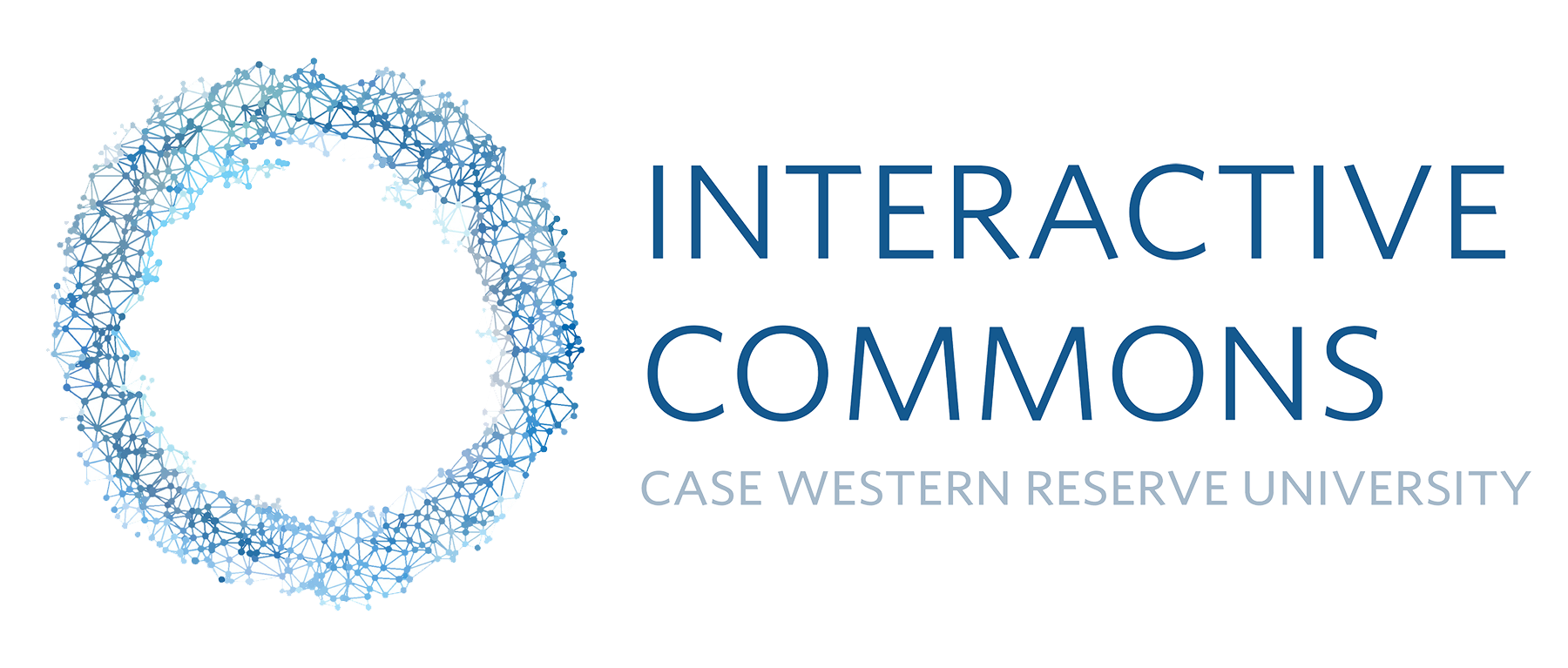IC Fellows
Cohort 2023
The IC Fellows Cohort 2023 represents the breadth and depth of our university's expertise — from biomedical engineering to economics.
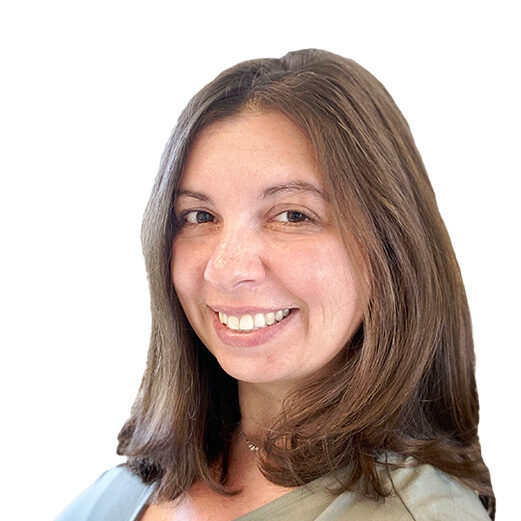
ALLISON HESS-DUNNING PhD
Department of Electrical, Computer, & Systems Engineering (CSE)
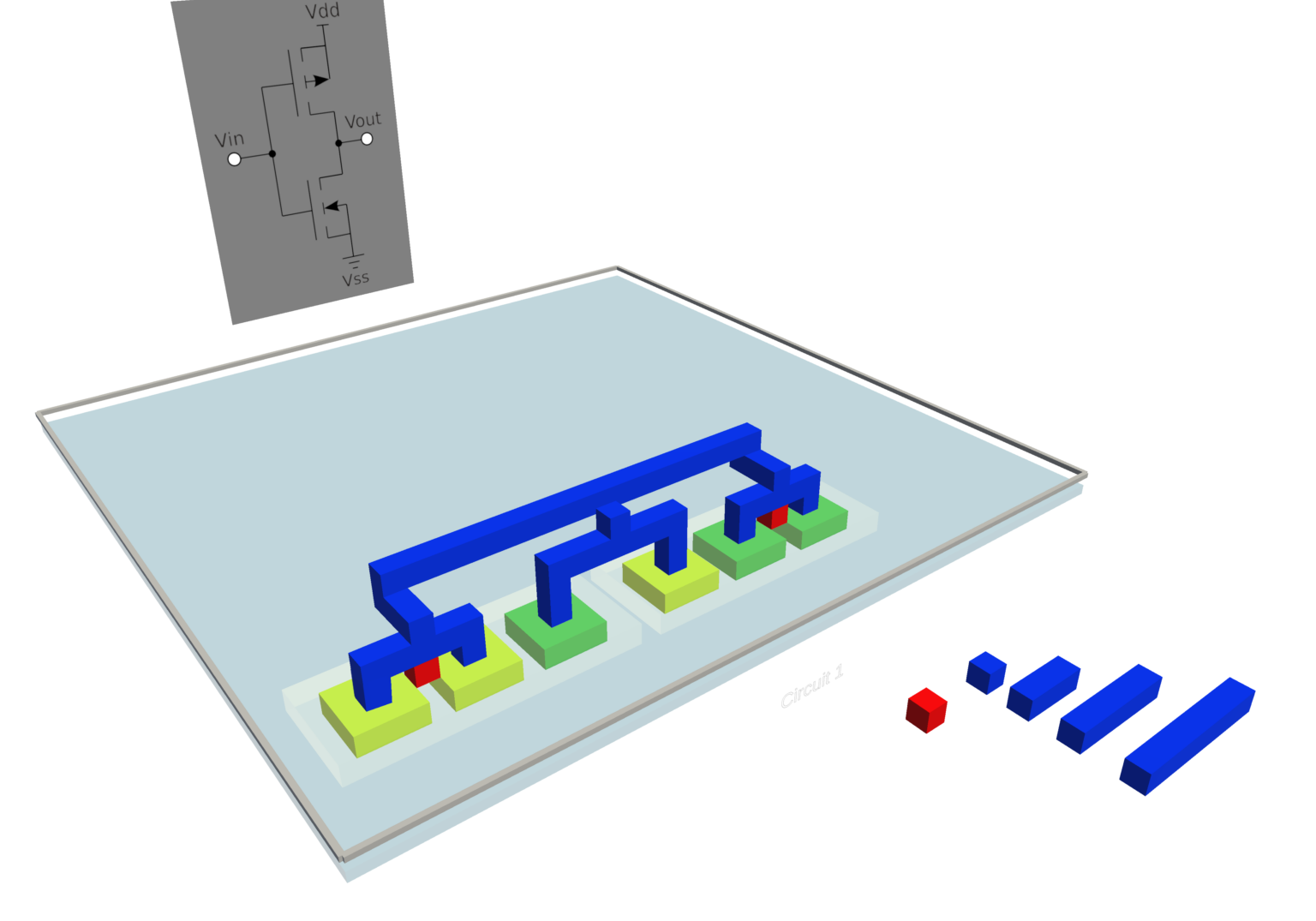
SOLIDSTATE
An interactive mixed reality experience of a semiconductor device and its layers at nanoscale

ANIRBAN SEN GUPTA PhD
Department of Biomedical Engineering (CSE)

BLOODWORK
An exploration of the complex process of coagulation and healing after trauma

XIONG (BILL) YU PhD
Department of Civil & Environmental Engineering (CSE)
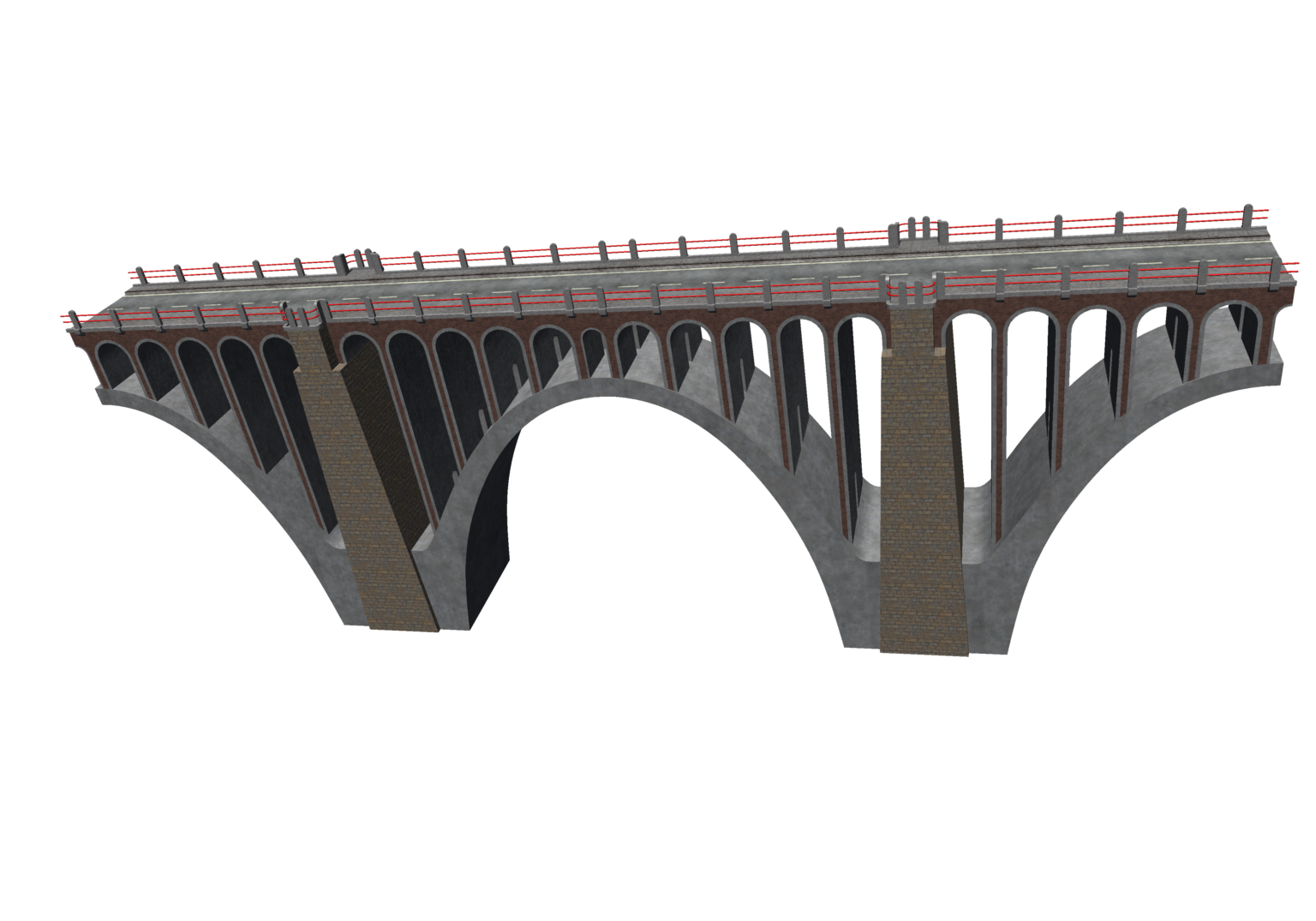
HOLO-BRIDGE INSPECTOR (HoBI)
Simulation of damaged infrastructure assessment using scalable, walkable, and shareable 3-D models and holographic tools
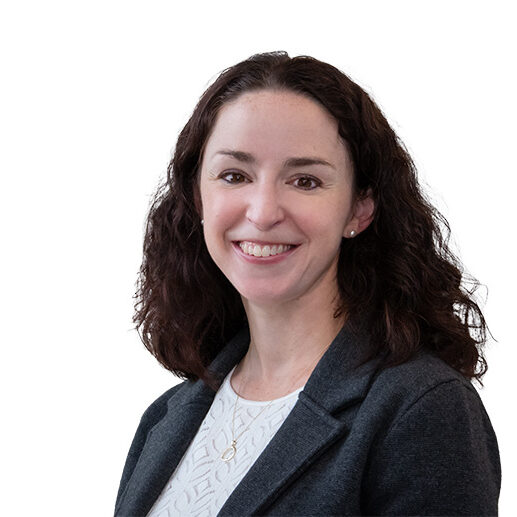
DEBRA MCGIVNEY PhD
Department of Biomedical Engineering (CSE)
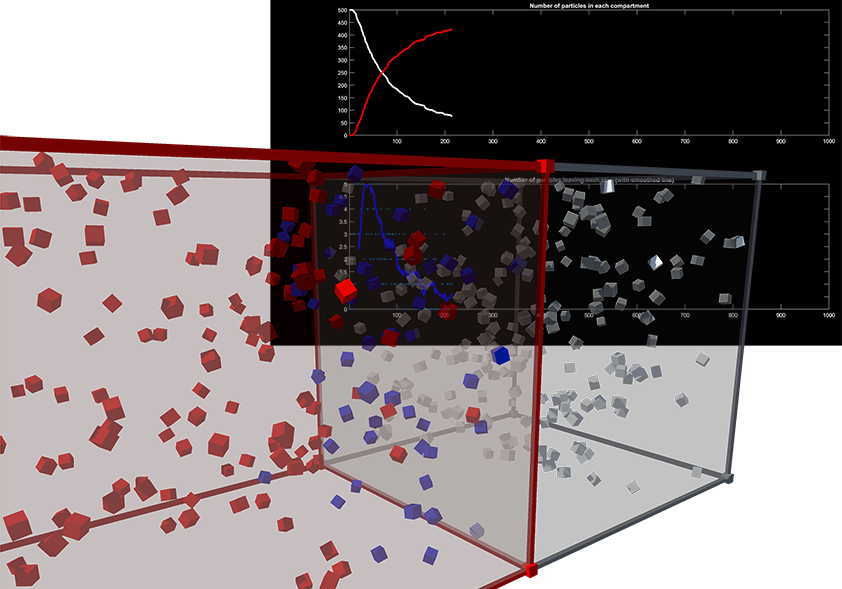
BIOPHYSICAL MODELING
Animated 3-D modeling platform that translates equations into visual abstractions of physiological processes
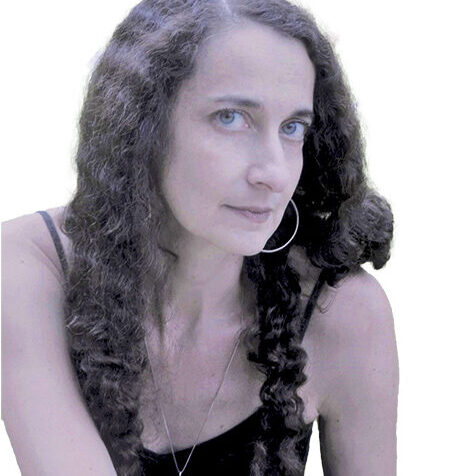
ELINA GERTSMAN PhD
Department of Art History & Art (CAS)
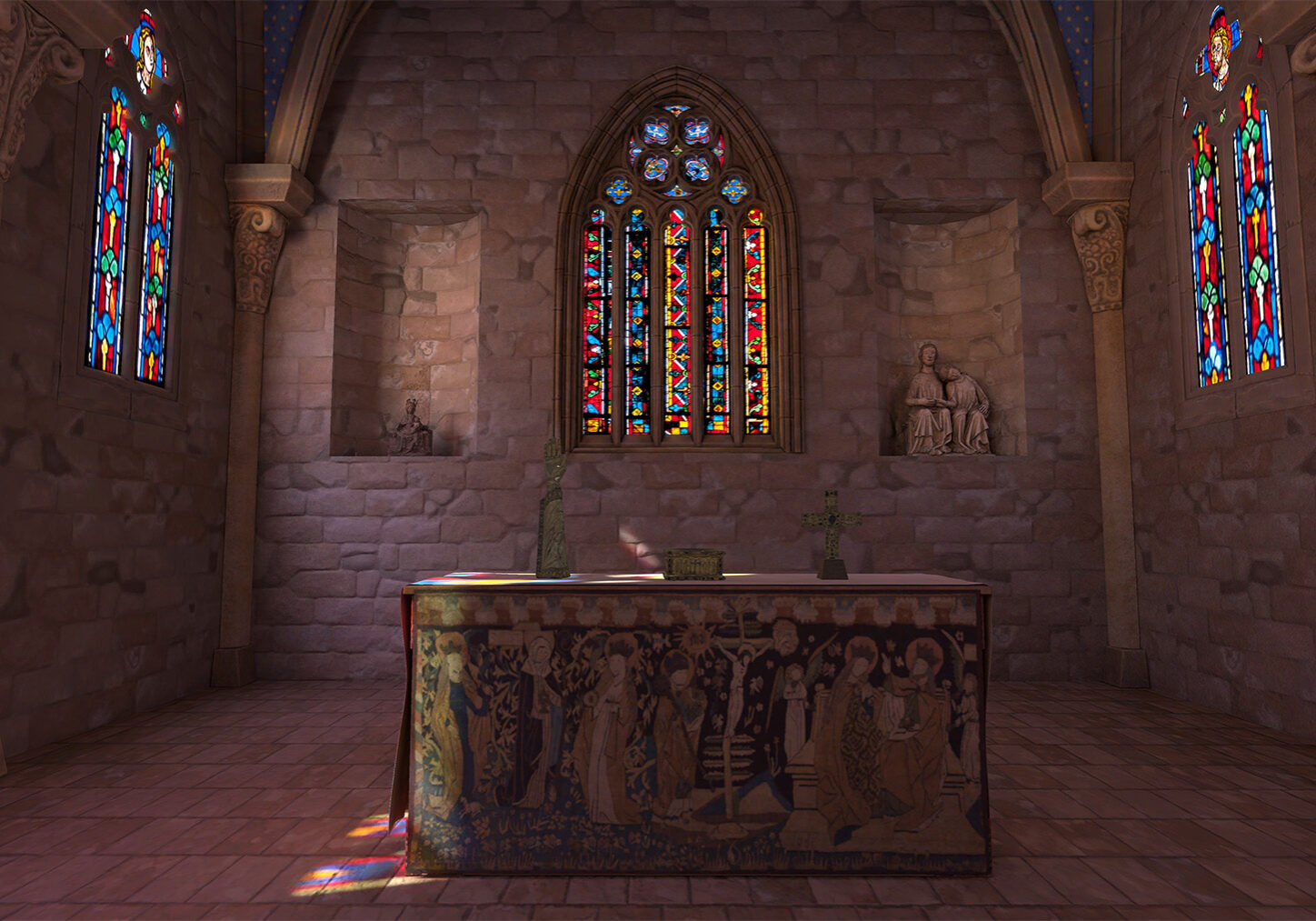
IMMERSIVE REALMS
Exploration of recontextualized medieval objects from within multisensory mixed reality environments
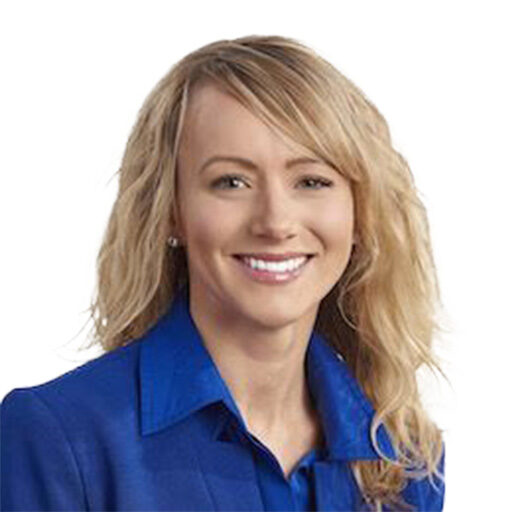
JENNY HAWKINS PhD
Department of Economics (WSM)

econXplore
Mixed reality simulation of economic theories (e.g., supply and demand) where students respond to shifts in real time
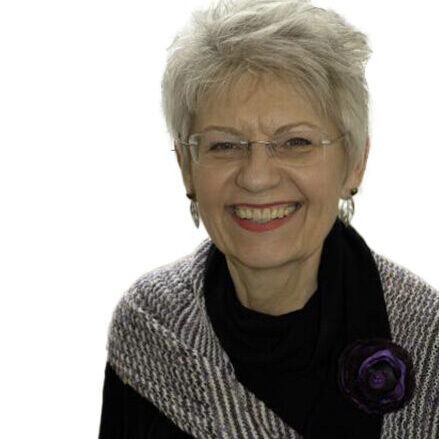
T. ROMA JASINEVICIUS DDS, MEd
Department of Comprehensive Care (DSM)
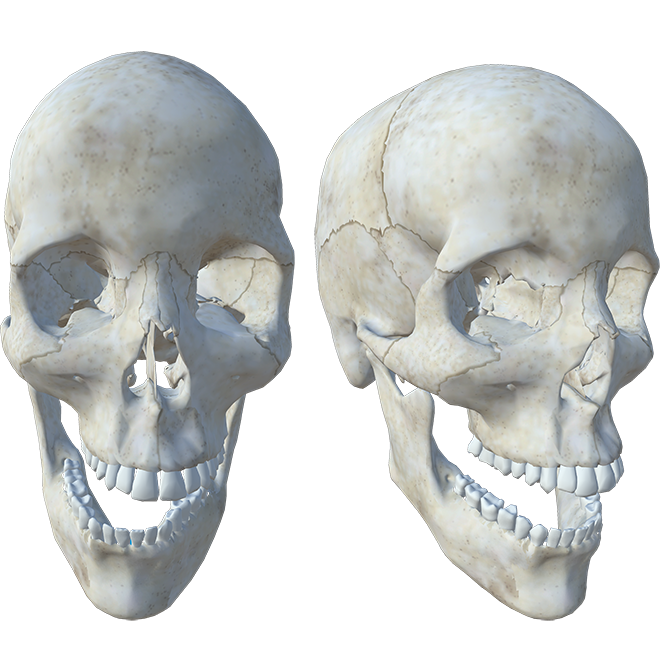
JAWS AT WORK (JAW)
Animated 3-D model of the skull with jaw movement to elucidate how the TMJ affects the shape and pathways of the teeth

SHULEI ZHANG PhD
Department of Physics (CAS)

QUANTUM REALM FOR IMMERSIVE EDUCATION (QuRIE)
Multifaceted mixed reality exploration of several fundamental concepts of quantum physics
IC Fellows
Cohort 2022
Our Cohort 2022 Fellows come from wide-ranging fields of the university — from art history to macromolecular science.

ALP SEHIRLIOGLU PhD
Department of Materials Science & Engineering (CSE)
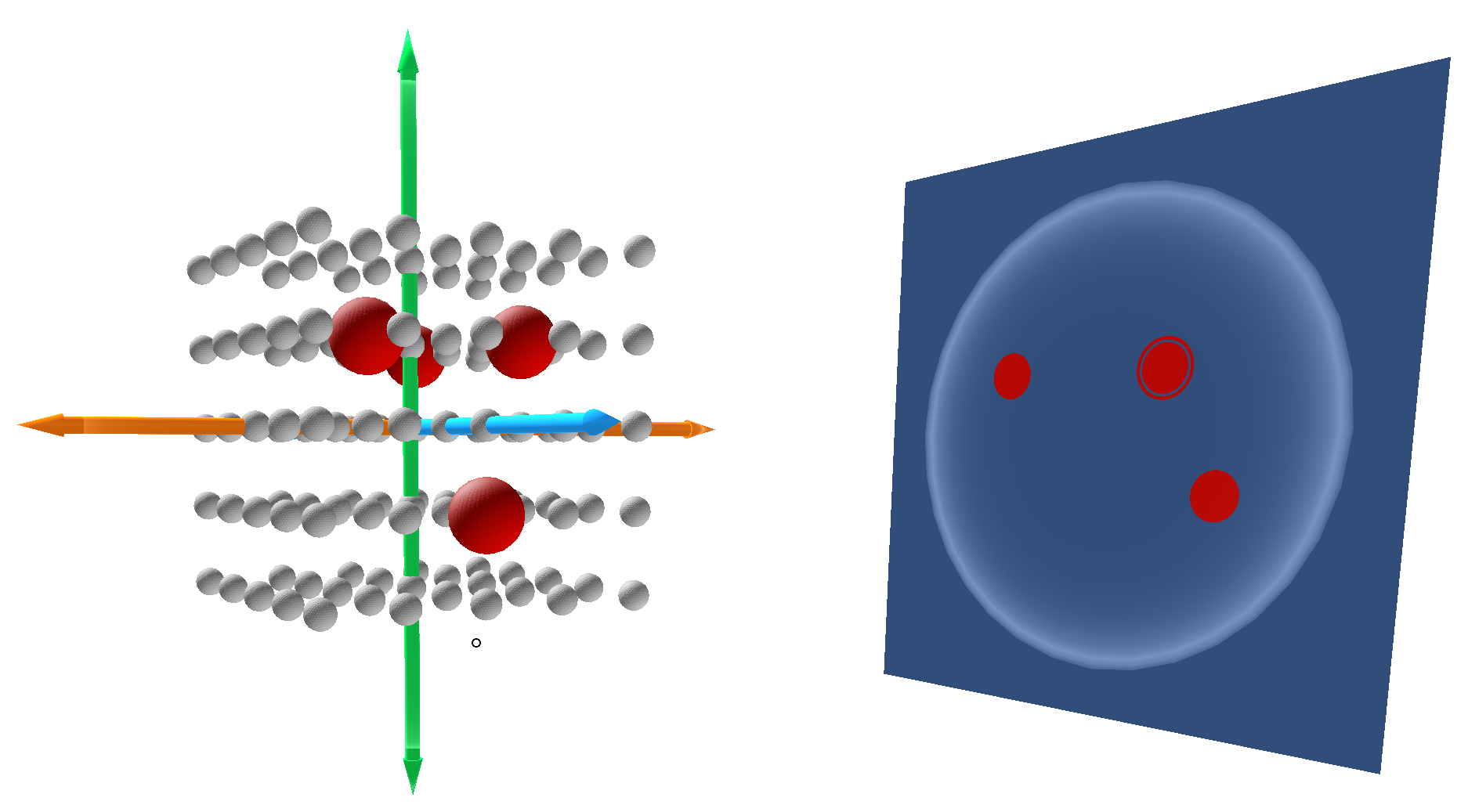
3-D SYMMETRY
An interactive 3-D symmetry game where users place balls onto a gridded spherical space to satisfy different symmetry conditions until all show check marks. All given balls need to be used. The level of difficulty is increased as different symmetry elements are added to the game.
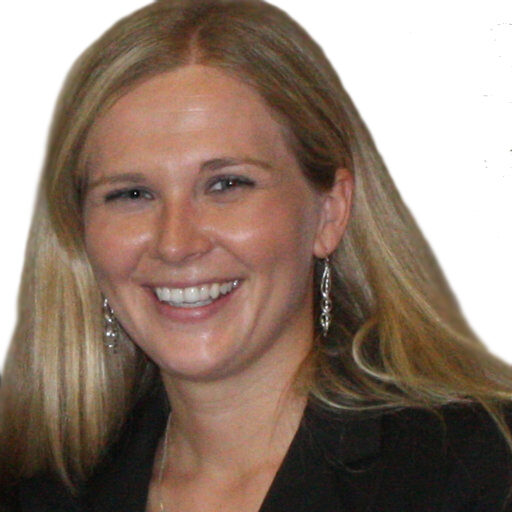
LAURA BRUCKMAN PhD
Department of Materials Science & Engineering (CSE)

3-D DATAVIZ
A tool that displays data visualizations in 3-D. From a web-based platform users can write code to push content directly to all connected lenses. Dr. Bruckman is using this application in her course, Data Visualization and Analytics, which is open to graduate and undergraduate students.
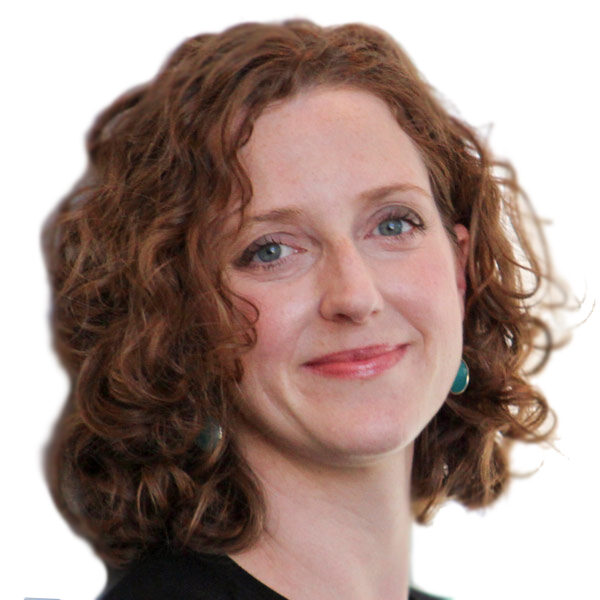
MAGGIE POPKIN PhD
Department of Art History & Art (CAS)
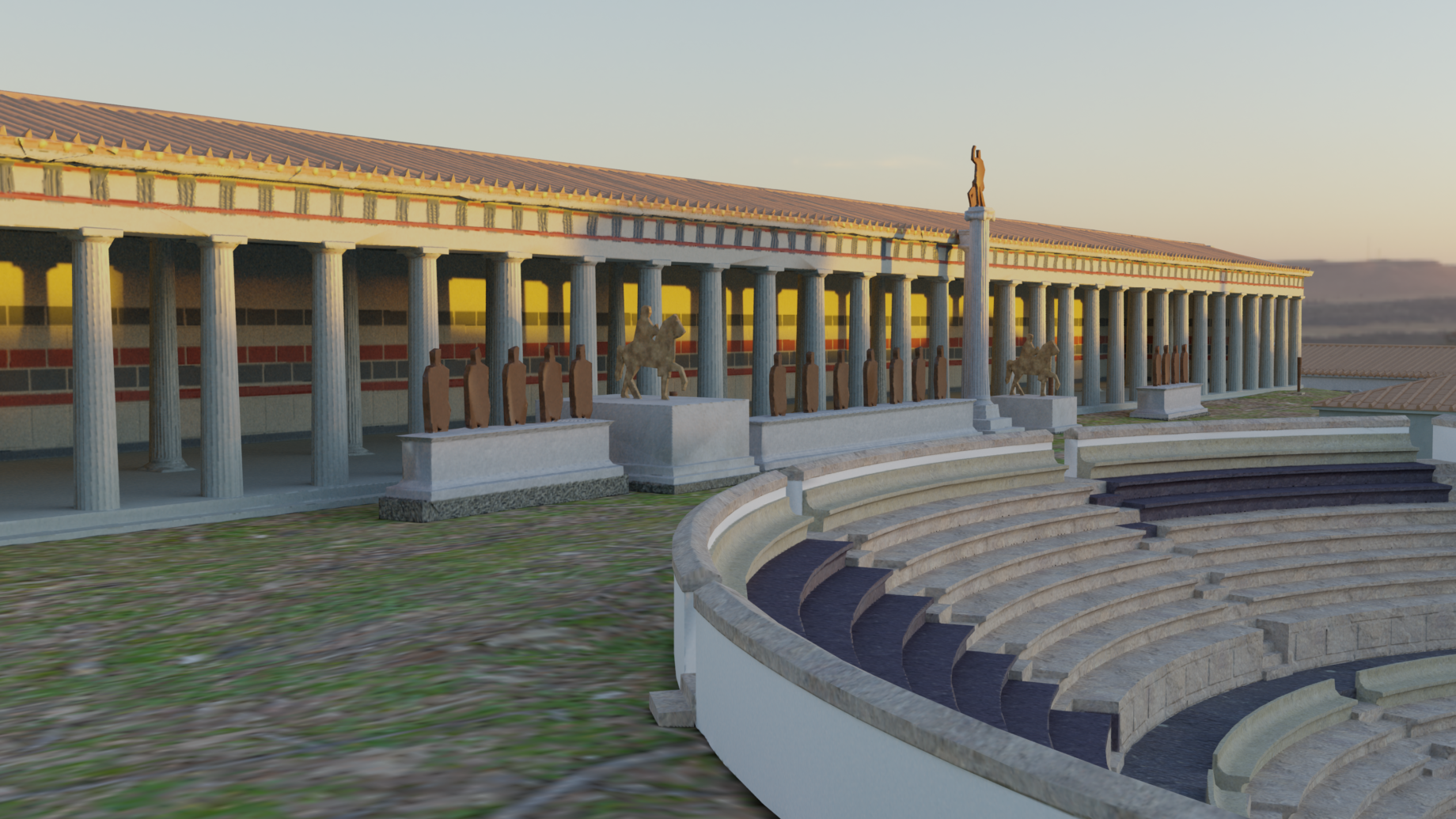
SANCTUARY OF THE GREAT GODS AT SAMOTHRACE
A built-to-scale holographic model of the Sanctuary of the Great Gods at Samothrace, Greece. Users may explore the entire reconstructed sanctuary on foot, including the Winged Victory. Dr. Popkin is using this app in several courses including Art History 1 and Representations of War in Ancient Rome. Special thanks to the Department of Art History and Emory Center for Digital Scholarship at Emory University, and the American Excavations Samothrace.

MICHAEL HORE PhD
Department of Macromolecular Science & Engineering (CSE)
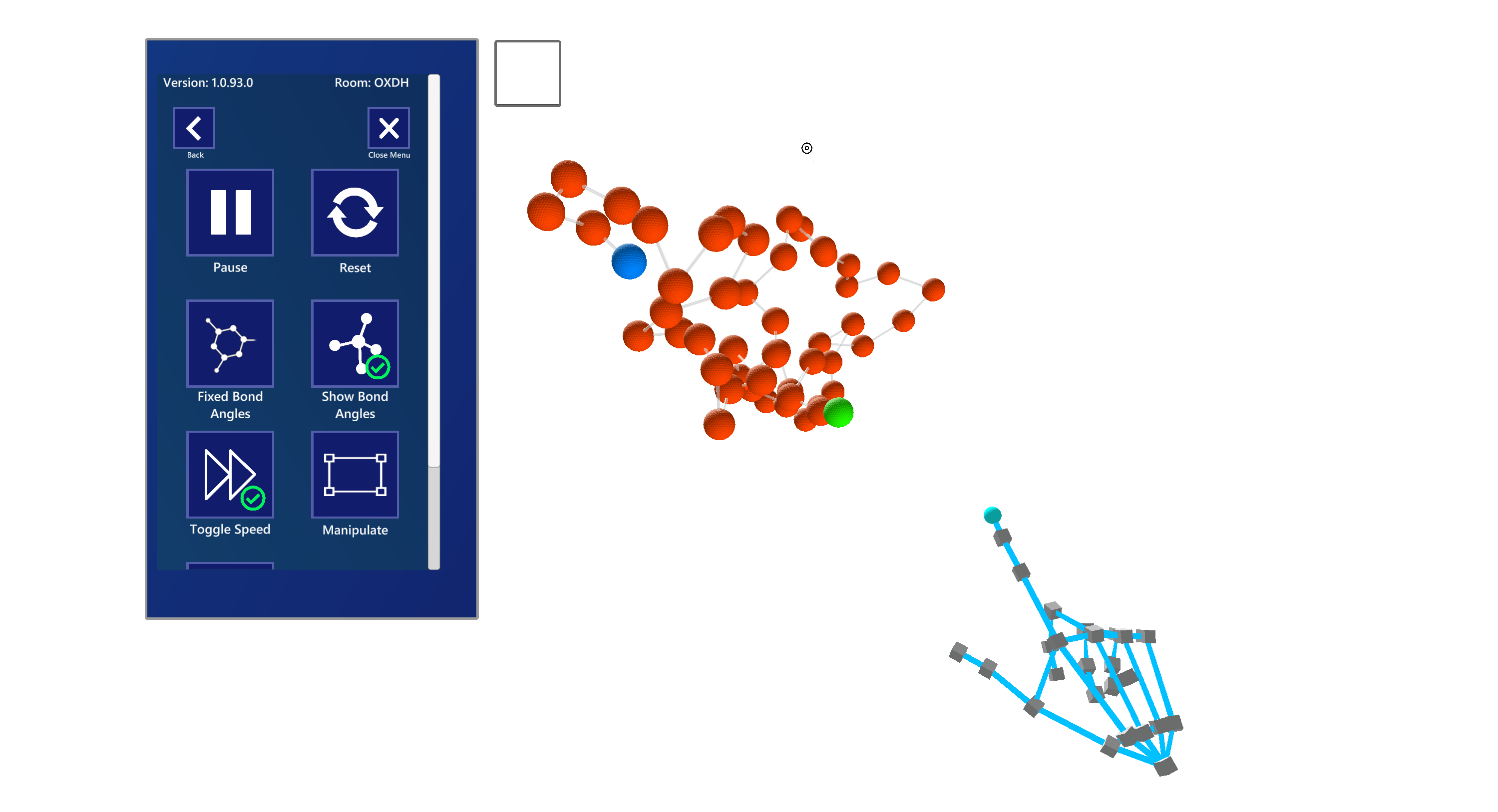
HOLOPOLYMER
A networked 3-D visualization of a polymer chain at the molecular level with encoded dynamic calculations that prescribe its movement and flexibility. Dr. Hore intends to use this app in his course Polymer Physics & Engineering to help students appreciate the various methods and challenges of measuring a polymer and the ways in which its structure dictates its flexibility and use cases.

MIKE MARTENS PhD
Department of Materials Physics (CAS)
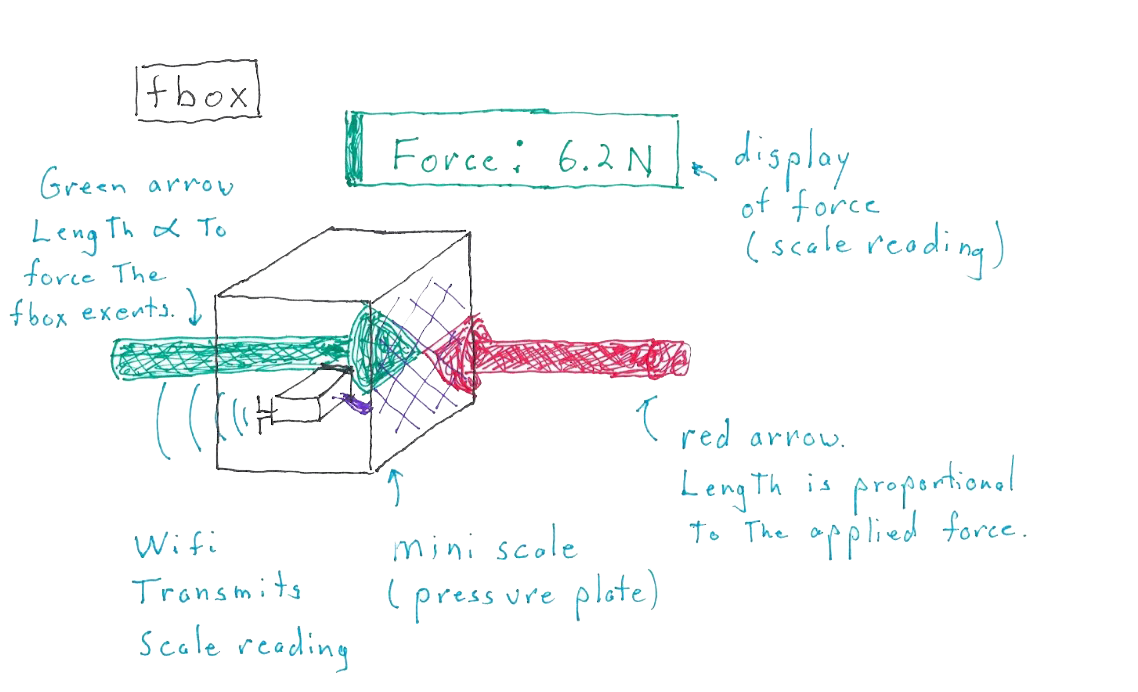
PHYSICS PLAYGROUND
A multi-part interactive mixed reality experimental space, where analog instruments display holographic depictions of classical mechanics (e.g., gravitational force, velocity, acceleration). Dr. Martens intends to use this application not only with his students in foundational physics courses, but also to create a mixed reality curriculum accessible to high school physics classrooms.

STEVEN A. HAUCK, II PhD
Department of Earth, Environmental, & Planetary Sciences (CAS)
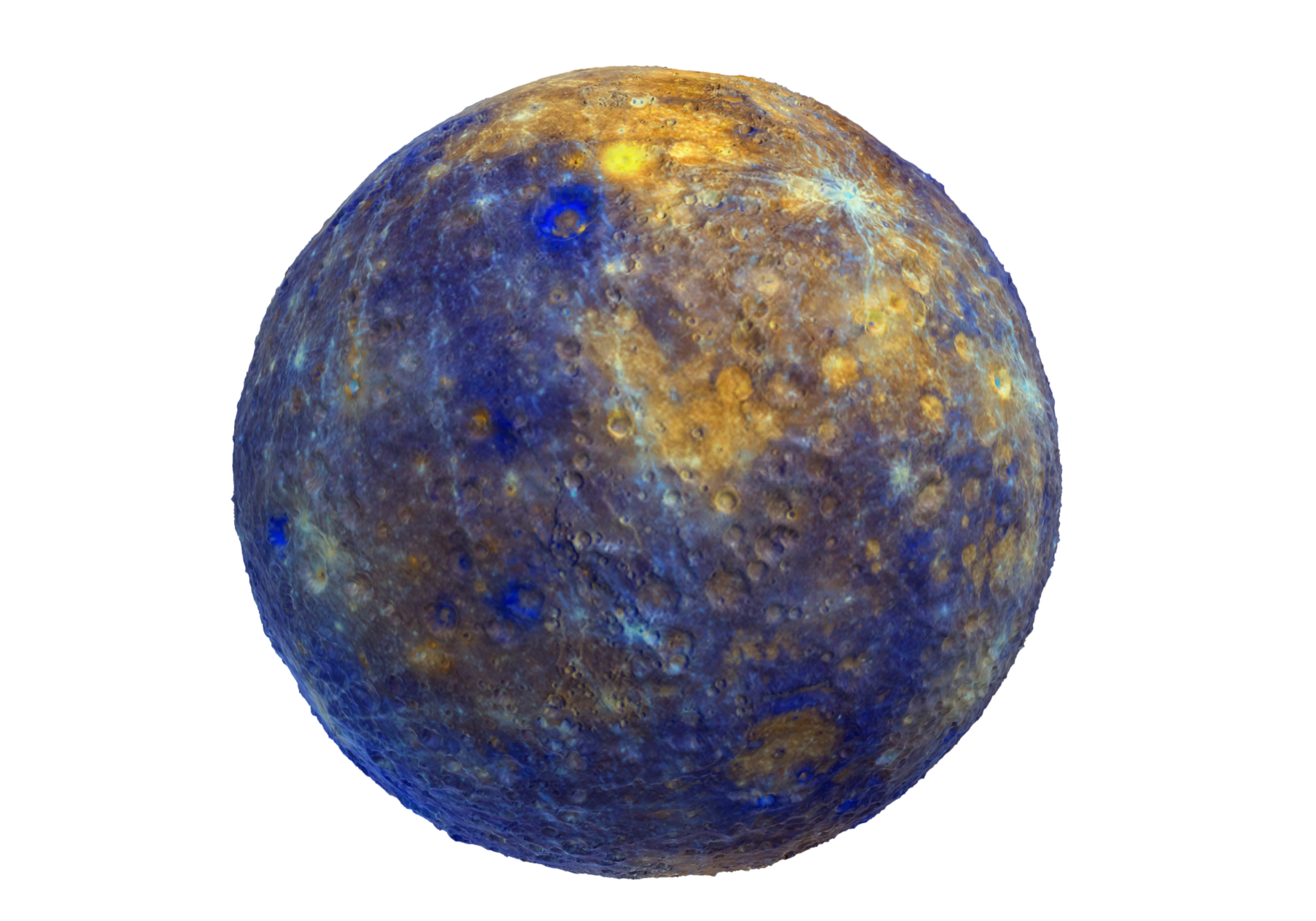
PLANETARY TOOLBOX
An immersive 3-D visualization of the planets in our solar system. Planets may be displayed individually or in groups. The speed of planetary motion (i.e., orbit and rotation) as well as the entire scale can be adjusted. A second phase of this app allows users to explore an individual planet’s topographic details, beginning with the planet Mercury.

SUDHA CHAKRAPANI PhD
Department of Physiology & Biophysics (SOM)
Cleveland Center for Membrane & Structural Biology
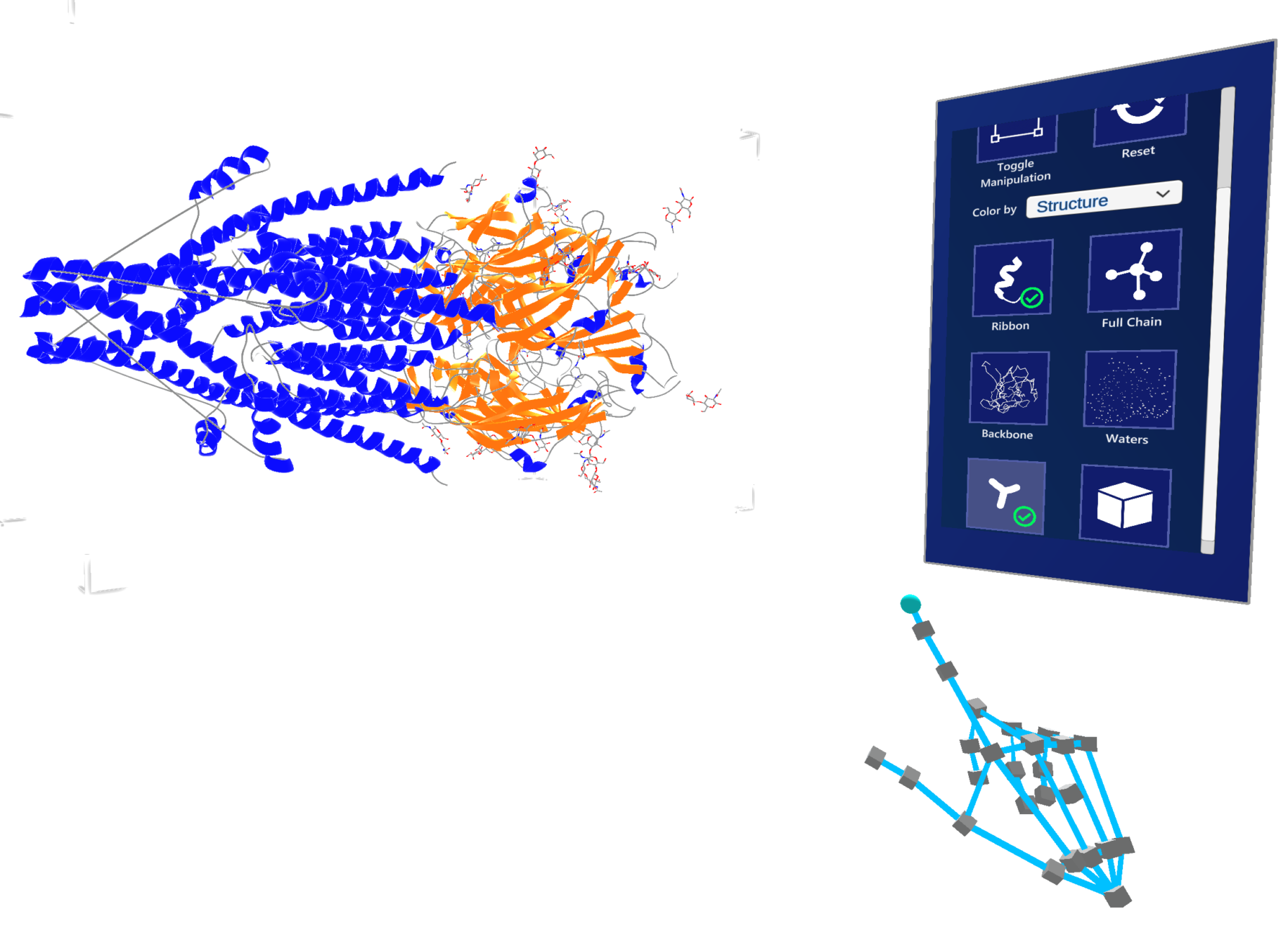
HOLOMOLECULE
Connected users can explore, interrogate, and modify a 3-D molecular model — in this case a serotonin receptor as well as its cryo-electron microscopy map — in order to learn about drug binding placement. Any molecule can be loaded into the viewer, either individually or in combination. Dr. Chakrapani intends to use this app in her courses at the medical school as well as for research.

TIFFANY McNAMARA MBA
Sears think[box]
Department of Design & Innovation Weatherhead School of Management (WSM)

